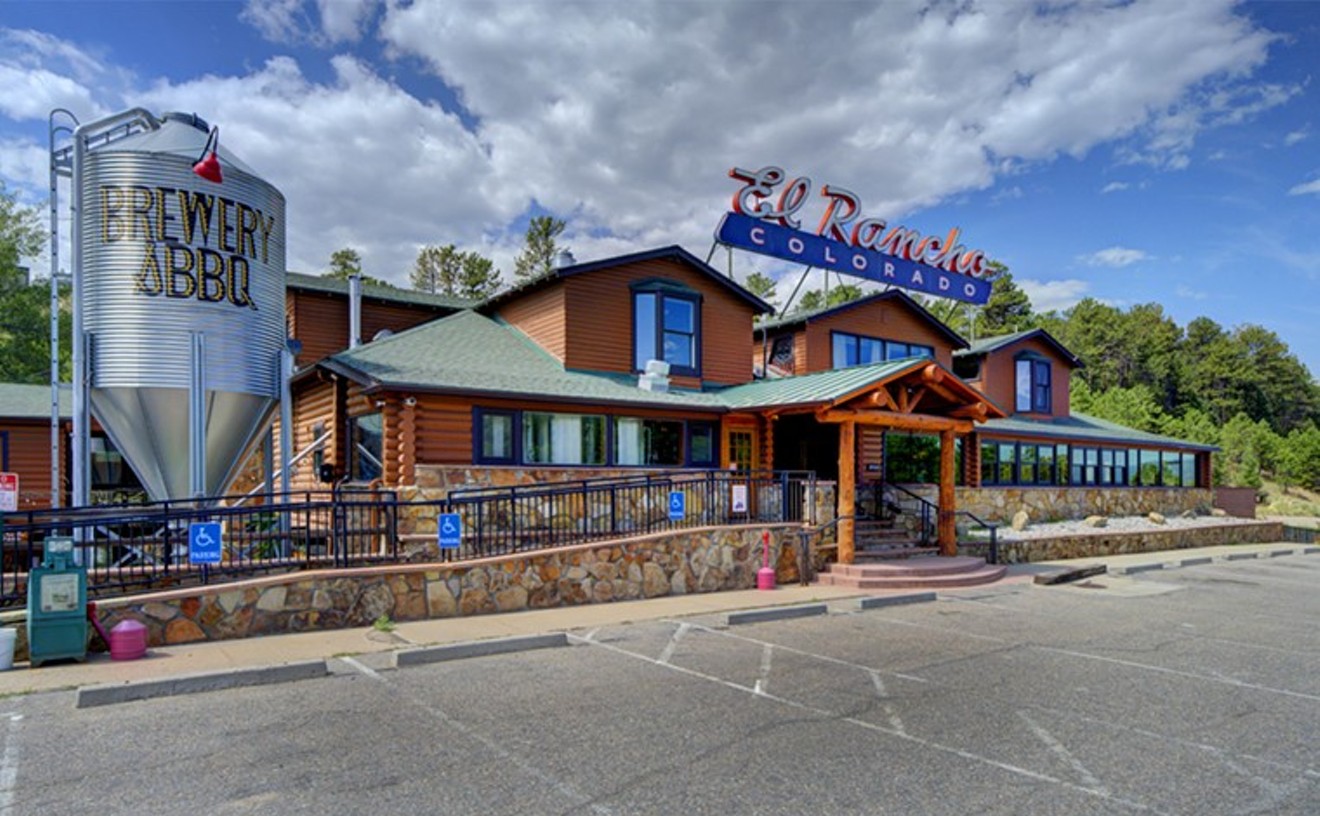Until, that is, I was fact-checking my review. See also: - Slide Show: Behind the scenes at Trillium - Review: Trillium needs more attention to details to really bloom
Normally, this process involves re-reading my food notes, checking websites, talking to PR people and maybe following up with the chef on a small matter or two. But in the case of this rare blue flower, what had started as a fun factoid quickly blossomed - pardon the pun - into much more.
I began my search on Google, where I expected to find a slew of sources confirming blue trillium's habit of only blooming in optimum conditions. What I found were pictures of the plant, but no description of its finicky behavior. Then I reached out to experts at City Floral, the Denver Botanic Gardens and Colorado State University extension offices. No one had heard of this plant's odd trait. What's more, no one had even heard of blue trillium. White, red, pink, green and yellow: yes. But not blue. As Dan Johnson, curator of native plants at the Denver Botanic Gardens, quipped, "If anyone came up with a blue trillium, they'd make a lot of money."
Intrigued, I called Mary Cashman, senior horticultural advisor for White Flower Farm, the 62-year-old mail-order nursery in Connecticut billed as "the premier American source for plants." She was as surprised by my question as the others had been, and told me, "to my knowledge, it doesn't exist." Curious herself, Cashman had me hold the line as she ran an online search for blue trillium, only to discover the same images I'd seen on Google the day before -- images, she said, that were labeled incorrectly since they are in fact spiderwort, an entirely different plant. Later, I spoke to a representative from the American Horticultural Society in Alexandria, Virginia, who was also stumped.
Surely the flower exists, I thought. But if so, why hasn't anyone ever heard of it? Then it hit me. I was looking in the wrong places. During our conversation, Leinonen had said that blue trillium grew in the woods behind his house when he was growing up in Michigan. After a few dead-ends with Michigan State University extension offices, I came across the Native Plant Nursery in Ann Arbor. Owner Greg Vaclavek said that while soil chemistry can trigger changes in bloom color (as with hydrangea), he's never heard of this happening with trillium. The only color changes he's aware of occur with white trillium, which can fade to pink as blossoms age.
With a deadline fast approaching and my back against the wall, I finally spoke to Amanda Klain, a plant-loving saint who divides her time between the Native Plant Nursery and the University of Michigan Herbarium. She took my question to a leading research scientist at the Herbarium, who said that blue trillium do, in fact, exist, but rather than being a different species, they are regular trillium that have been infected with phytoplasma, a kind of bacteria.
Rare, indeed. But probably not the namesake Leinonen had intended.
Follow @CafeWestword










